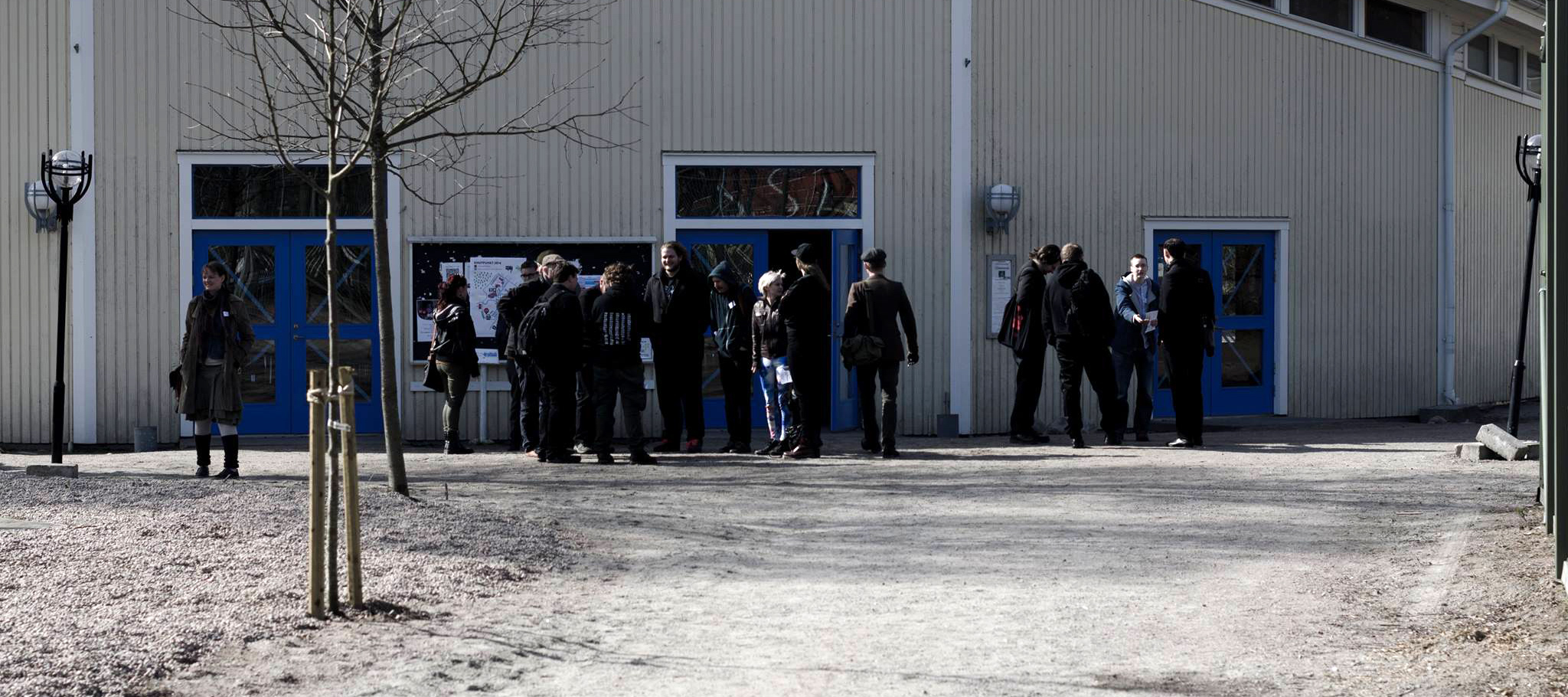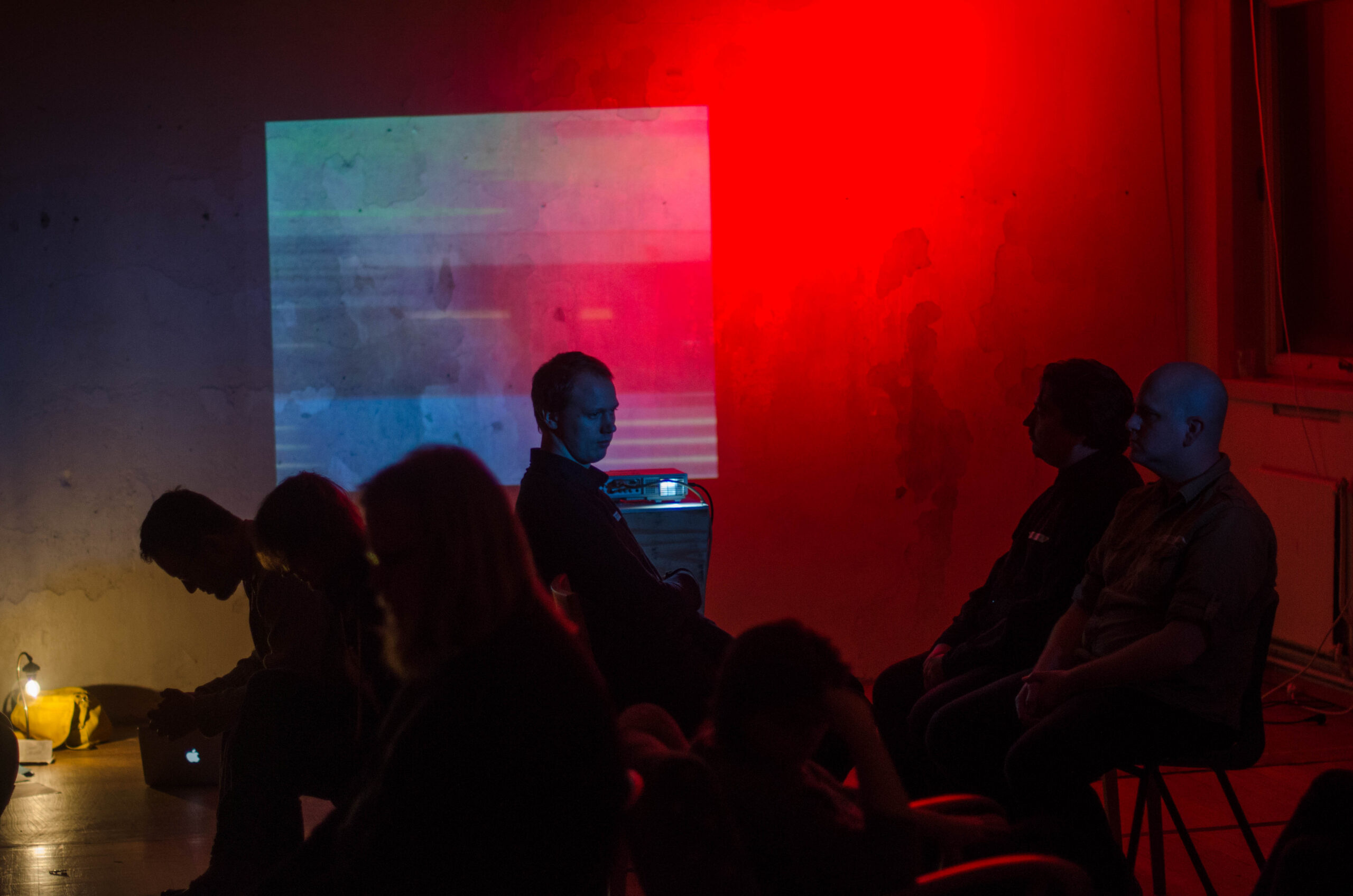Tag: Opinion
-

There Is No Nordic Larp – And Yet We All Know What It Means
in
Disclaimer: The opinions expressed herein are those of the authors and do not necessarily reflect the official policy or position of Nordiclarp.org or any larp community at large. “Nordic larp is like porn. I know it when I see it.”((Adaptation of a quote by United States Supreme Court Justice Potter Stewart (1964) )) Ten years
-

The Law of Jante in Nordic Role-playing
in
The good roleplayers exist, but is our naive egalitarianism scaring them away? A Danish writer, teacher and game designer takes a closer look.
